Måns Tham’s Container House is an unconventional Stockholm home
Container House is an unconventional Stockholm home that emerged out of a collaborative process between its owners and Swedish architect Måns Tham
Staffan Andersson - Photography
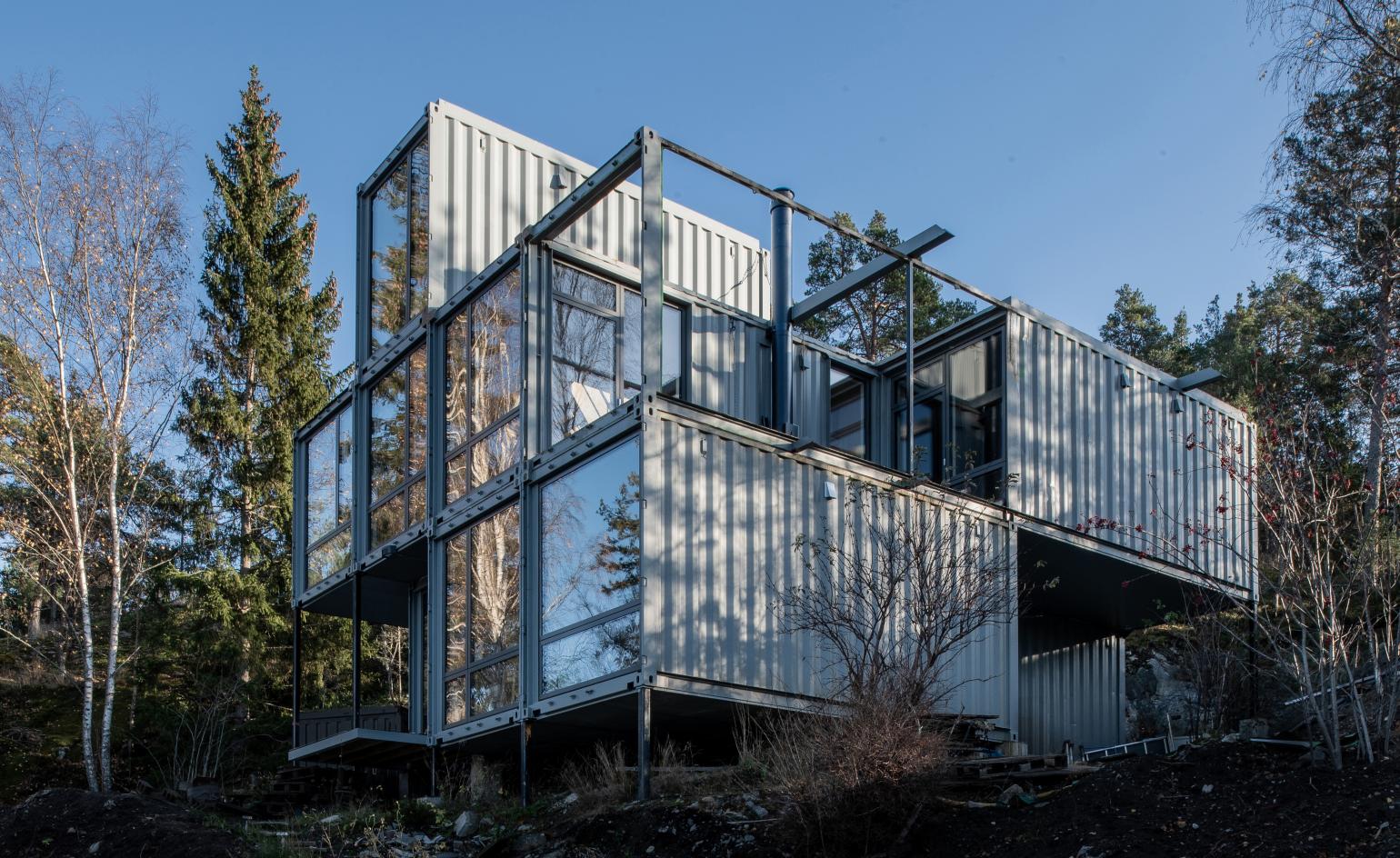
In 2015, a couple approached Swedish architect Måns Tham with an unusual idea. They wanted to build a house out of old shipping containers, drawing on their fascination with customised American cars and a DIY, industrial aesthetic. Tham obliged, and following some intensive research on fabrication, engineering and insulation methods to adapt this somewhat ubiquitous but certainly unconventional, especially for homes, building unit, Container House was born.
The structure sits in the outskirts of Stockholm, perched on a sloped, rocky, suburban site by a lake. Its front door connects to the street via a slim bridge, which makes entering this unusual structure even more dramatic. The final design (which was not too far off from the residence’s initial concept) emerged out of intense consultation with both experts and the clients, who were particularly hands-on with the development of their future home. ‘We ended up having a great iterative process where we designed solutions as we went,’ Tham recalls. ‘The original proposal and plan however never changed.’

As, perhaps, was expected with an architectural design that goes against the norm, the project faced several challenges that Tham had to address. ‘[I needed] to find all the technical solutions that made the house up to code (Sweden has very strict energy rules for new homes) and make those solutions look good and work well,’ he explains. ‘[Additionally], the containers are really not that great a starting point for a home because of their limited width, 2.4m. But as soon as you take out the corrugated walls between two containers to make a wider room, they lose their structural strength. Therefore, we had to put a lot of effort into deciding which walls to cut and which to save, so that we could use the containers with as little additional structure as possible.’
Another key element to consider was fixtures and fittings, flooring and ceilings and all the elements that come together to dress the structural frame and make a house a home. According to Tham, everything – from handrails, to chimneys and taps – needed to be carefully considered and often customised in order to fit within the container house aesthetic and practical requirements. Found objects, such as a wooden staircase that was salvaged from a demolished restaurant site, were also incorporated at places. Floors are poured concrete.
The result is a striking and inventive structure of some 150 sq m, a labour of love, painted grey to match the surrounding rock. The container units’ geometry dominates the composition and gives a unique rhythm to the façades. Large openings bring plenty of light in – the living and dining space in particular gets flooded with sunlight, while the roof terrace makes a great suntrap, especially in the afternoon and at dusk. Meanwhile, the interior’s rawness is softened by picture-frame windows and long views of the surrounding greenery and suburban context, as nature appears at every corner of Container House.






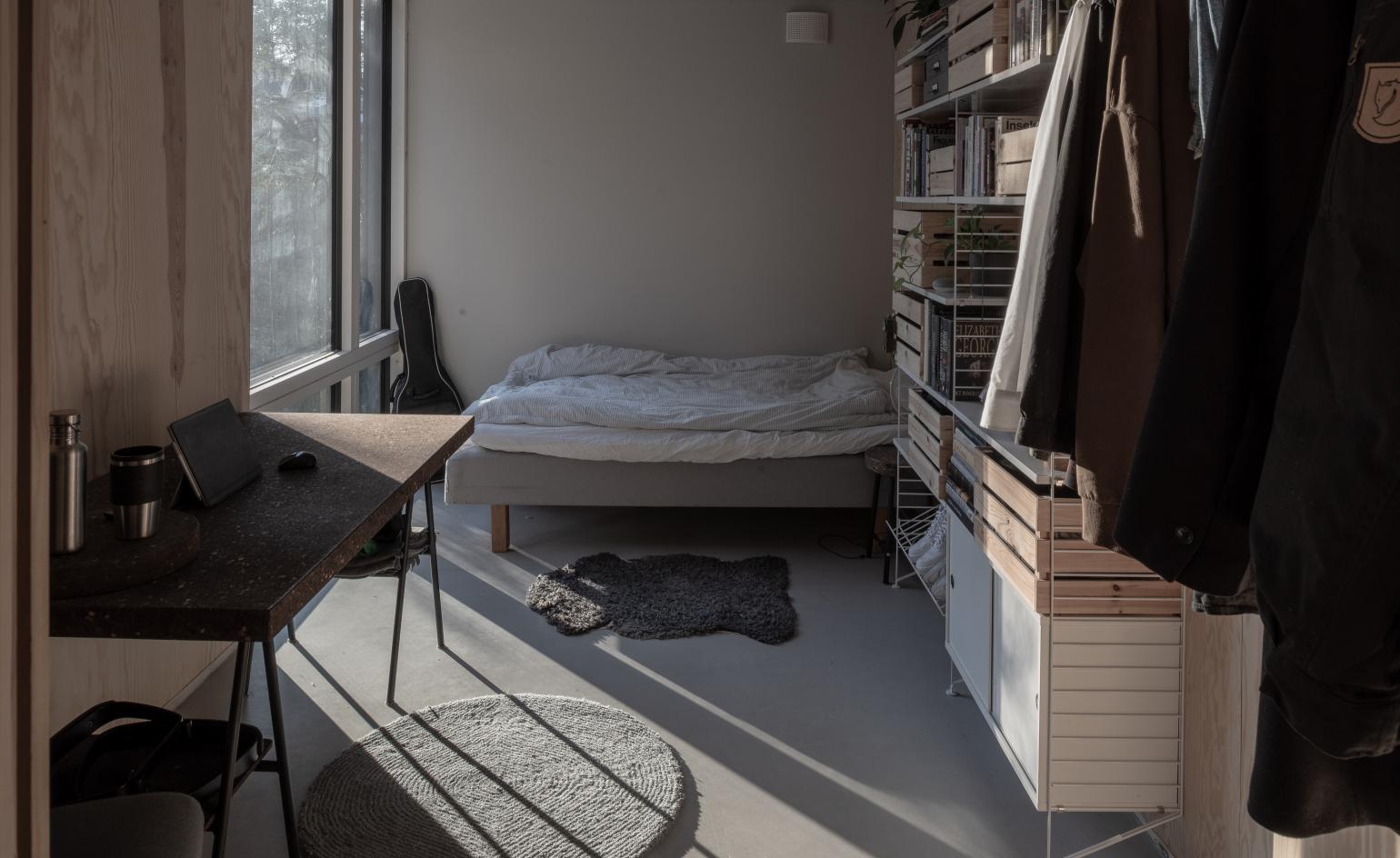
INFORMATION
manstham.com
Receive our daily digest of inspiration, escapism and design stories from around the world direct to your inbox.
Ellie Stathaki is the Architecture & Environment Director at Wallpaper*. She trained as an architect at the Aristotle University of Thessaloniki in Greece and studied architectural history at the Bartlett in London. Now an established journalist, she has been a member of the Wallpaper* team since 2006, visiting buildings across the globe and interviewing leading architects such as Tadao Ando and Rem Koolhaas. Ellie has also taken part in judging panels, moderated events, curated shows and contributed in books, such as The Contemporary House (Thames & Hudson, 2018), Glenn Sestig Architecture Diary (2020) and House London (2022).
- Staffan Andersson - PhotographyPhotography
-
 Can the film 'Peter Hujar's Day' capture the essence of the elusive artist?
Can the film 'Peter Hujar's Day' capture the essence of the elusive artist?Filmmaker Ira Sachs and actor Ben Whishaw bring Peter Hujar back to the front of the cultural consciousness
-
 New tech dedicated to home health, personal wellness and mapping your metrics
New tech dedicated to home health, personal wellness and mapping your metricsWe round up the latest offerings in the smart health scene, from trackers for every conceivable metric from sugar to sleep, through to therapeutic furniture and ultra intelligent toothbrushes
-
 Out of office: The Wallpaper* editors’ picks of the week
Out of office: The Wallpaper* editors’ picks of the week'Tis the season for eating and drinking, and the Wallpaper* team embraced it wholeheartedly this week. Elsewhere: the best spot in Milan for clothing repairs and outdoor swimming in December
-
 An analogue room planner kit makes designing your dream home a doddle
An analogue room planner kit makes designing your dream home a doddlePlanora, a new room planner option conceived by a team of three Swedish architects, is a beautifully produced, analogue tool to help conceptualise your new space
-
 This striking new vineyard is putting Swedish wine on the map
This striking new vineyard is putting Swedish wine on the mapBerglund Arkitekter completes a new home for Kullabergs Vingård in Sweden's verdant Skåne country
-
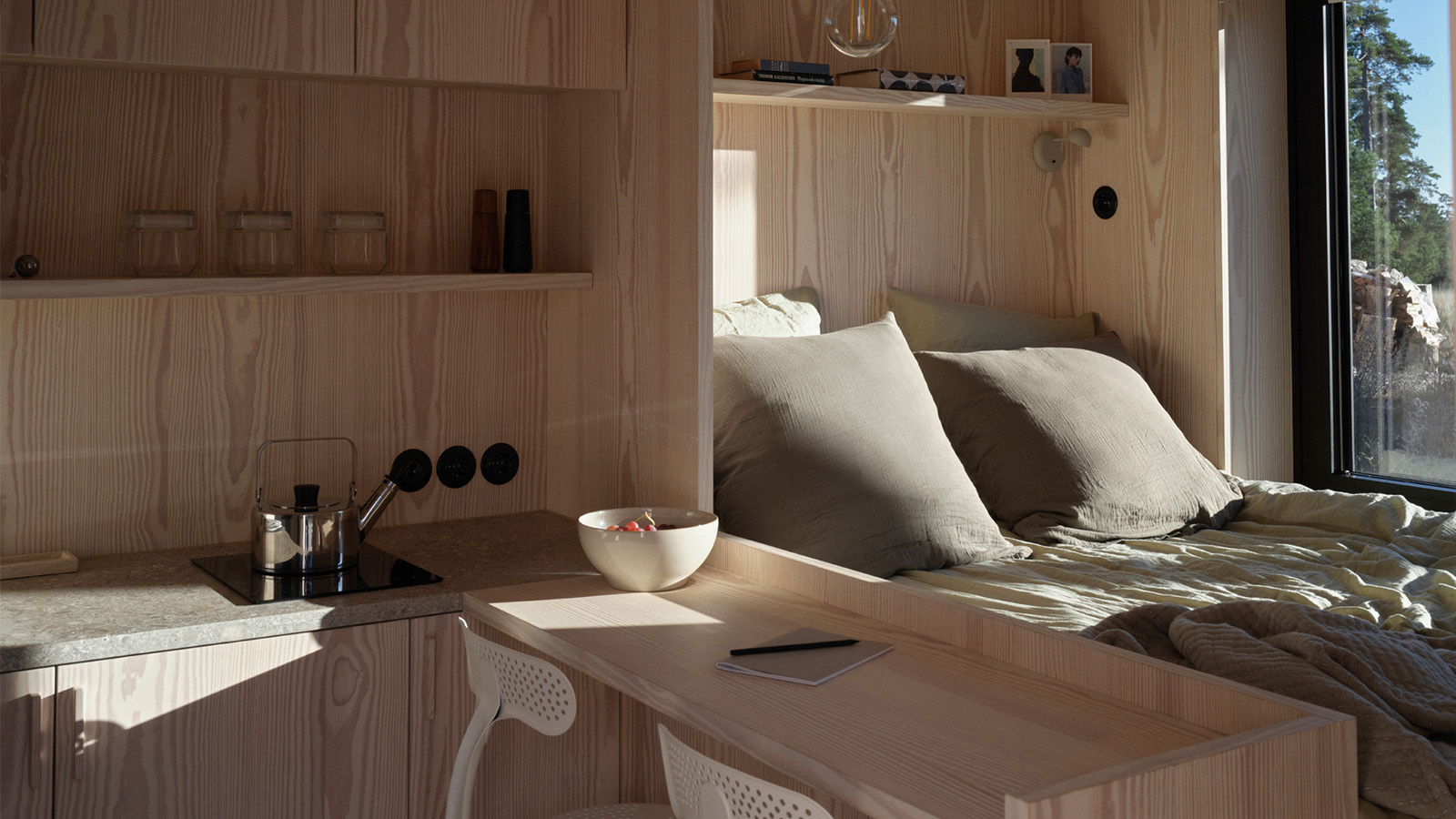 ‘Close to solitude, but with a neighbour’: Furu’s cabins in the woods are a tranquil escape
‘Close to solitude, but with a neighbour’: Furu’s cabins in the woods are a tranquil escapeTaking its name from the Swedish word for ‘pine tree’, creative project management studio Furu is growing against the grain
-
 Stockholm Wood City: inside the extraordinary timber architecture project
Stockholm Wood City: inside the extraordinary timber architecture projectStockholm Wood City is leading the way in timber architecture; we speak to the people behind it to find out the who, what, why and how of the project
-
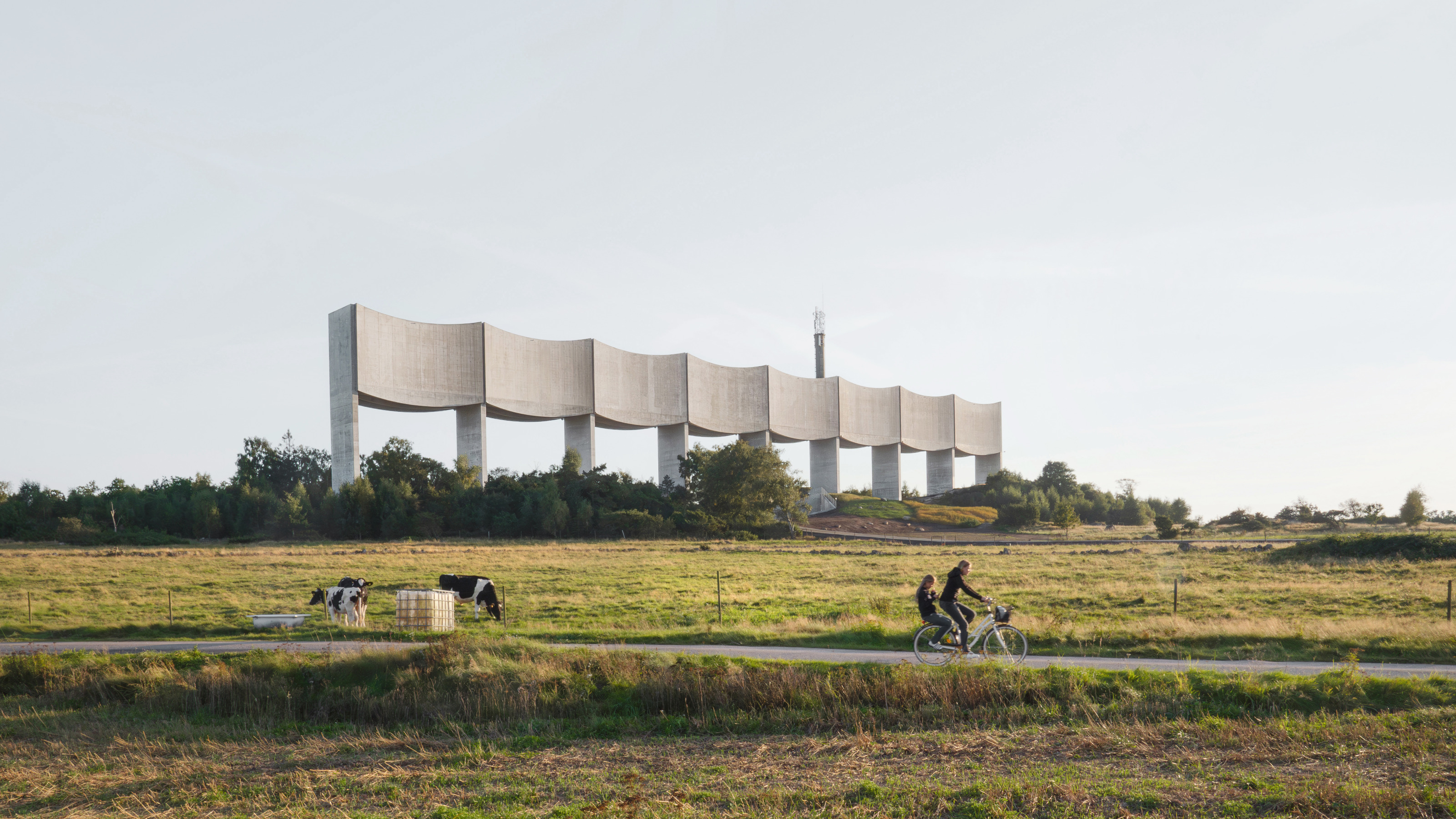 A bold new water tower by White Arkitekter strides across the Swedish landscape
A bold new water tower by White Arkitekter strides across the Swedish landscapeThe Våga Water Tower in Varberg is a monument to civil engineering, a functional concrete sculpture that's designed to last for centuries
-
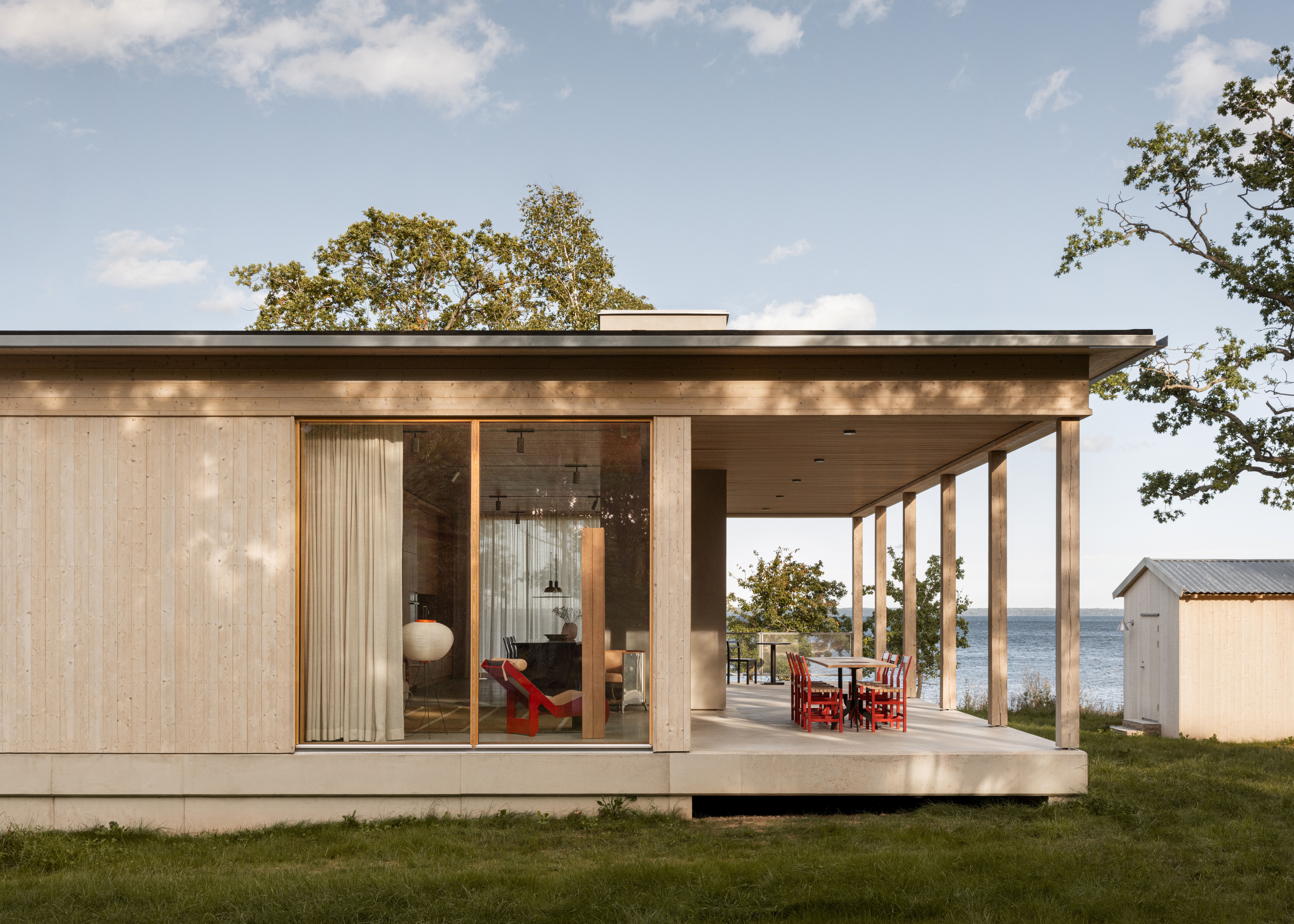 This Swedish summer house is a family's serene retreat by the trees and the Baltic sea
This Swedish summer house is a family's serene retreat by the trees and the Baltic seaHorsö, a Swedish summer house by Atelier Alba is a playfully elegant retreat by the Kalmarsund Sea and a natural reserve
-
 Explore wood architecture, Paris' new timber tower and how to make sustainable construction look ‘iconic’
Explore wood architecture, Paris' new timber tower and how to make sustainable construction look ‘iconic’A new timber tower brings wood architecture into sharp focus in Paris and highlights ways to craft buildings that are both sustainable and look great: we spoke to project architects LAN, and explore the genre through further examples
-
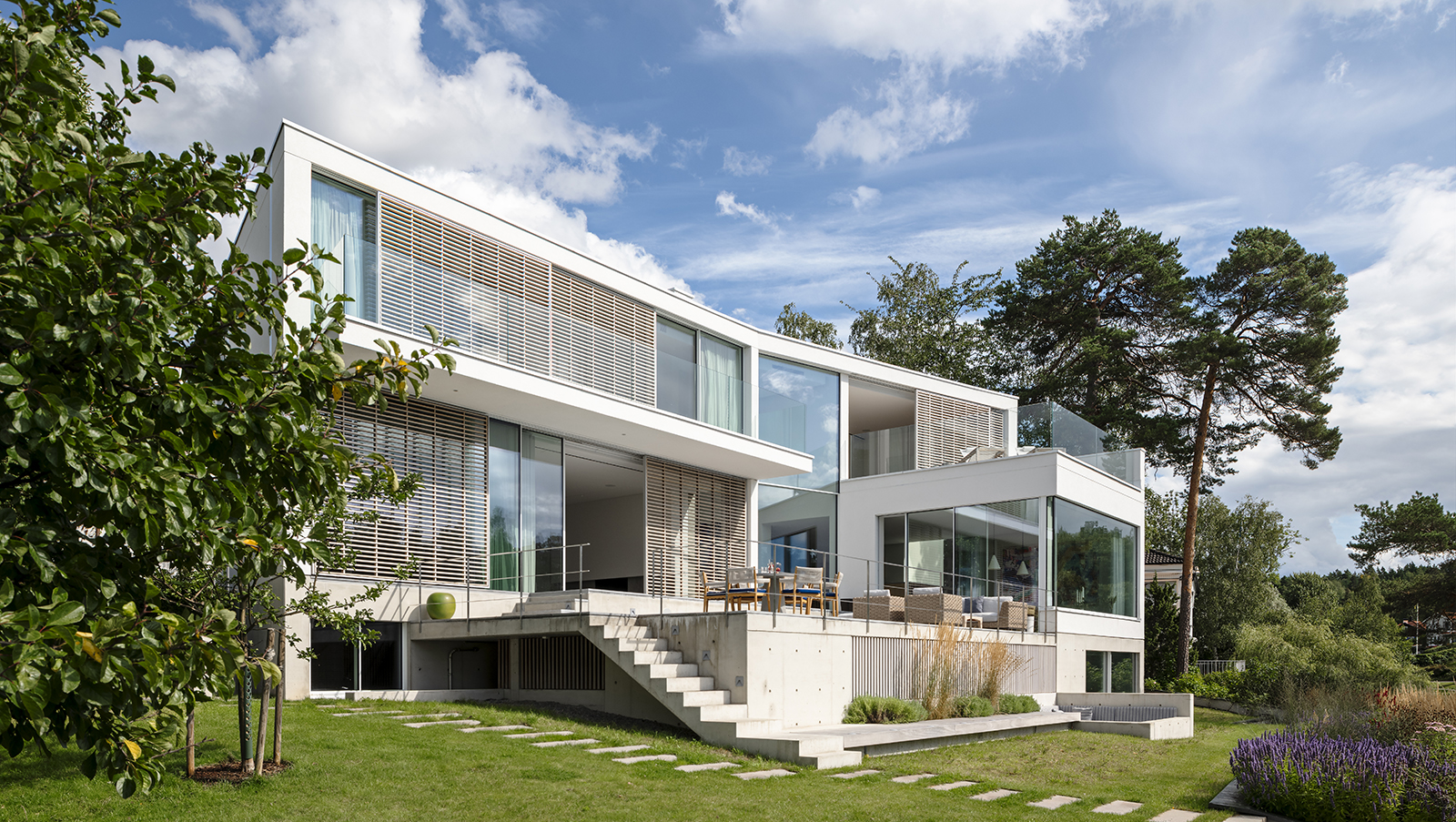 This Stockholm house cascades towards the Swedish seashore
This Stockholm house cascades towards the Swedish seashoreA private Stockholm house by Ström Architects makes the most of its natural setting, while creating a serene haven for its owners